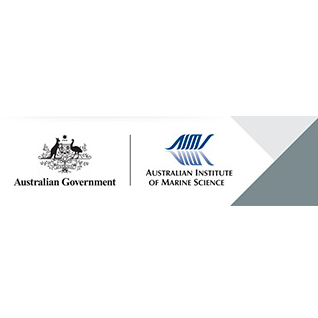Full description
A test using fluorescently labeled concanavalin A (FITC-conA), a lectin (a group of proteins that bind polysaccharides), was used to measure particulate polysaccharides (PPs) at 11 stations on the Great Barrier Reef. In conjunction, 96-well filtration plate technology was used to increase throughput of samples.The experiment tested a number of factors: 5 different concentrations of FITC-conA (5, 10, 20, 30, 40 µg mL-1); differences in average fluorescence (over 4 replicates) of samples using filtered and unfiltered FITC-conA; the effect of increasing incubation period of FITC-conA on fluorescence intensity (for both seasons). Concentrations of transparent exopolymer particles (TEPs) from each site in the wet season were measured using the Alcian blue technique for comparison and verification of levels. PP concentrations were compared to concentrations of chlorophyll a, pheophytin and particulate nitrogen to assess phytoplankton as a possible source of PPs.Samples were collected from each station in the wet (February 2006) and dry seasons (August 2006). Other station parameters recorded were: Secchi depth; total suspended solids (TSS); particulate organic carbon (POC); particulate phosphorous (PP); particulate nitrogen (PN); particulate polysaccharides (PPs); phaeophytin; chlorophyll a.To develop a lectin-based method for quantifying a broader scale of particulate polysaccharides to complement the existing Alcian blue method used on transparent exopolymer particles (TEPs).
Sampling stations: Deloraine, Dent, Edward, Hook, Lindeman, Long, Repulse and Whitsunday Islands; Bait and Hook Reefs; Bluewater.
Lineage
Maintenance and Update Frequency: notPlannedNotes
CreditUthicke, Sven, Dr (Principal Investigator)
Modified: 15 09 2025
text: westlimit=148.85; southlimit=-20.62; eastlimit=149.22; northlimit=-19.8
A fluorescent lectin assay to quantify Transparent Exopolymer Particles and Marine Snow on 96-well filtration plates: Uthicke S, Llewellyn LE and Eder F (2009) A fluorescent lectin assay to quantify Transparent Exopolymer Particles and Marine Snow on 96-well filtration plates. Limnology and Oceanography: Methods 7: 449-458.
local : articleId=7890
- global : 274e6d26-4381-4eda-a405-64e8819b0145


